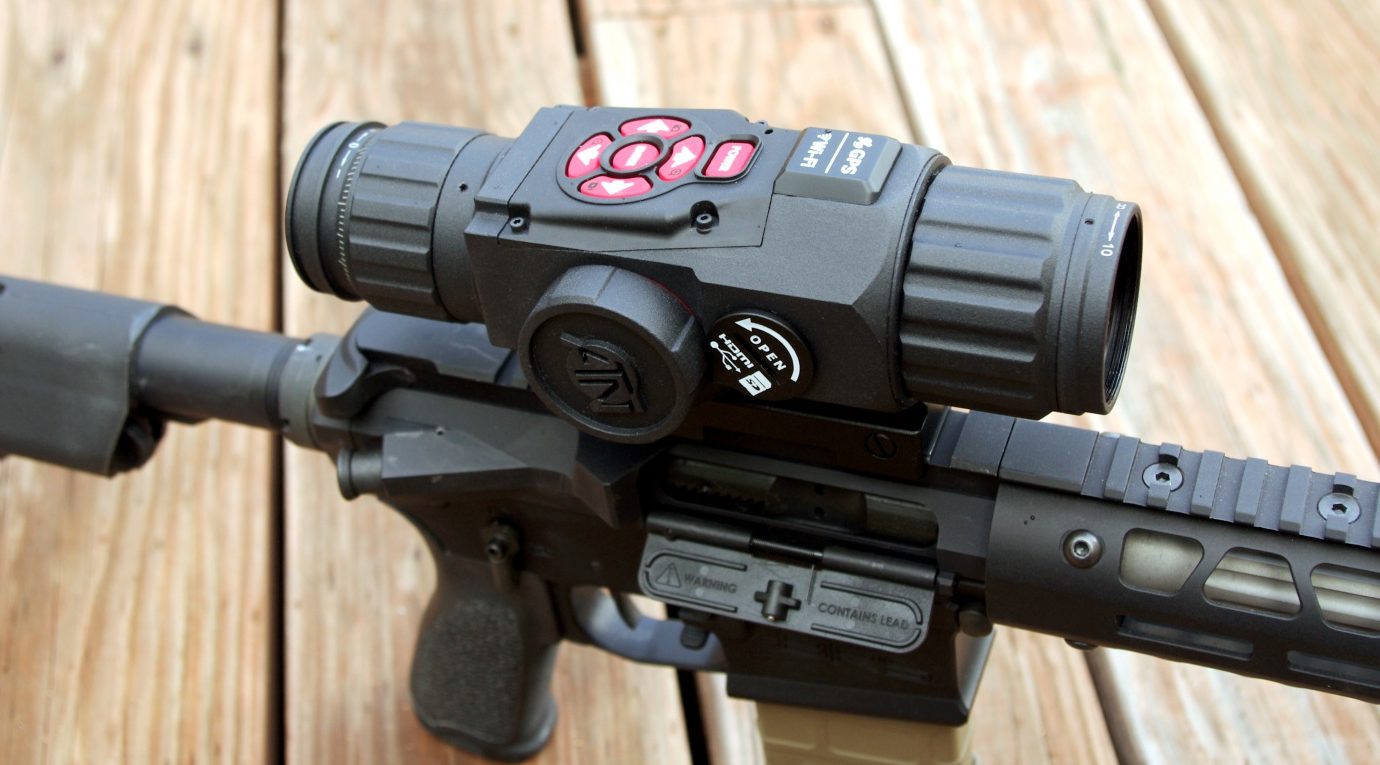

Laser rangefinders and wind meters, like Horus’ new HoVR weather station, are critical tools for long-range precision shooters. Taken together, these two types of scopes-electronic and precision-represent a real and important trend in optics, which is why we wanted to test the pros and cons of each platform. And sales of electronic scopes are ticking up as more shooters join the precision revolution and shop for a scope that can maximize the performance of the new generation of hyper-accurate rifles on the market. While established optics brands still sell plenty of scopes with 1-inch tubes, second-plane duplex reticles, and covered turrets, they are selling an increasing number of scopes with 30mm and 34mm tubes containing precision reticles in the first focal plane that are adjusted by tactical-style turrets. Advertising, social-media influencers, sponsored competitive shooters, and word-of-mouth testimonials have created an expectation that civilians using this new class of optics can legitimately make one-shot hits on small targets at distances up to, and often exceeding, 1,000 yards, and on big-game animals beyond 500 yards. Practically speaking, the age of “Kentucky windage” holdover is, well, over. MOA is not the same as MILs or Mil-RADs, which are also angular measurements used in some scopes but perform their measurement on a different scale.If you doubt the influence that both electro-optics and precision scopes have had on the sports-optics industry, then take a stroll through your local sporting-goods store or online retailer.

5 MOA scope, a bullseye hit will require the shooter to give the elevation control 4 clicks up (.5×4 = 2 inches) and 1 click to the right (.5×1 =. So, the shooter takes three shots at 100 yards to zero the scope and rifle, and the three bullets all hit two inches low and a half-inch to the left. Most rifle scopes have elevation and windage adjustments set at either.
#Smart shooter scope full#
Move the windage control one full MOA to the right, and the bullet should hit 1.047 inches to the right.Īngles work proportionally, so at 200 yards, 1 MOA is 2.054 inches. At 1000 yards, that 1 MOA is 10.47 inches. If the elevation control on the scope moved up one full MOA, the bullet should now strike 1.047 inches higher. Let’s say a rifle is hitting the center of the bullseye at 100 yards. At 100 yards, each individual minute equals 1.047 inches. Think of a circle cut into 60 equal slices, and each slice equals one minute of angle. MOA – MOA stands for “minute of angle.” It is an angular measurement used in rifle scope adjustment values. Ballistic will calculate all the data needed to make the best load choice. Using Ballistic, plug in the various calibers and cartridge loads within the calibers under consideration, the distances at which they will be used, and the anticipated environmental conditions.
#Smart shooter scope plus#
Ballistic contains information on over 5,000 projectiles, factory loads, and military loads, plus performance data points (like BC’s) from leading manufacturers and military and performance testing. The smart shooter will use Ballistic and its huge load library to make that decision. So how does a new shooter know which caliber and cartridge might be best for their particular long-range endeavors? And each specific load will have its unique bullet weight, BC, and muzzle velocity. Guess which is the better choice for banging steel at 1,000 yards?Ĭaliber Selection - Long-range shooters use a variety of calibers, and within each caliber, there are many, many loads available. Meantime, the Hornady 30-30 Interlock American Whitetail hunting round, loaded with a round-nose 150-grain bullet, has a BC of. Long-range shooters want bullets with a high BC to retain speed longer, drop less and be less affected by wind.įor example, the Hornady ELD Match round in 6.5 Creedmoor, loaded with Hornady’s sleek, 140-grain bullet, has a very high BC rated at.

BC is determined by several factors, including the shape or design of the bullet, its weight and the diameter. These terms include:īallistic Coefficient – According to Wikipedia, “the ballistic coefficient (BC) of a body is a measure of its ability to overcome air resistance in flight.” Less air resistance equals less drag, and less drag means better performance from a “body,” in this case, a bullet.īC is denoted numerically, and the higher the BC number, the easier and more efficiently the bullet passes through the air. As with most technical pursuits, long-range shooting has a good number of basic terms a shooter needs to know on their way to being a top shot.


 0 kommentar(er)
0 kommentar(er)
